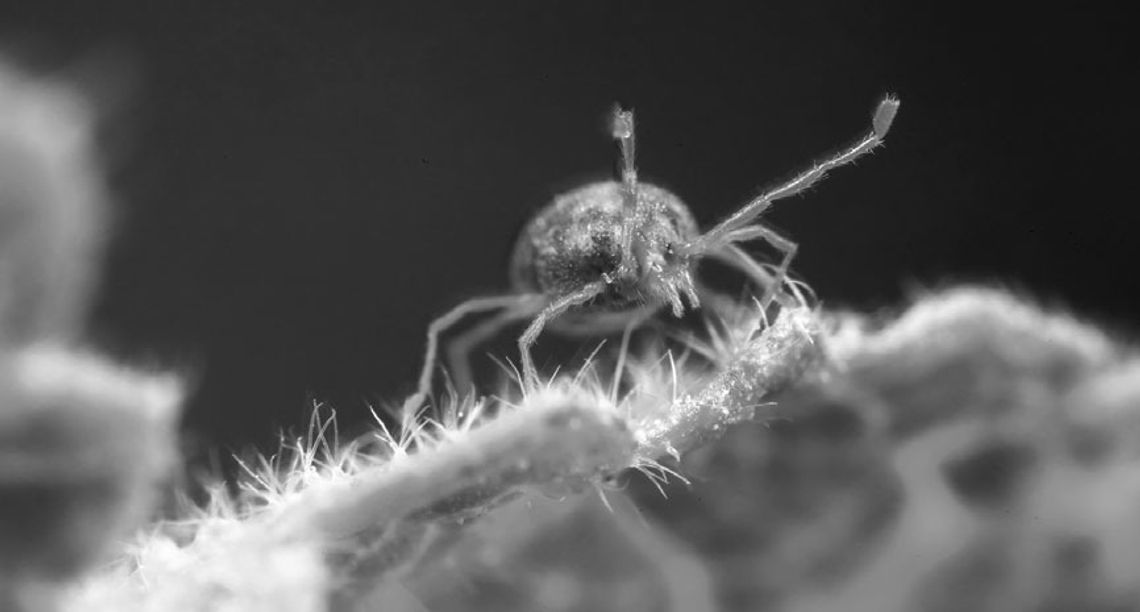ORGANIC PLOW AND HOSE GARDENING | by Julie Rydell
Summer’s heat found its way to central Texas and backyard heat-loving vegetables are thriving.
Paired with some recent rainstorms, our gardens look lush and green. As the temperatures rise and the spring rains recede, dry conditions will draw many thirsty pests to your backyard in search of food.
“Sucking” insects such as thrips, aphids, spider mites and leaffooted bugs use their needle-like mouthparts to pierce plants to drain moisture and nutrients from leaves, flowers and fruits.
You may not notice these pests on your plants right away as they often initially inhabit the lower leaves before moving on to succulent, new growth. Infestations can quickly overwhelm a plant as insects multiply.
When temperature and food conditions are favorable, female spider mites can lay hundreds of eggs during their threeweek long lifespan.
Spider mites are not picky eaters and will consume nutrients from a variety of plants. Early damage appears as small yellow or white specks on leaves. As they feast on the chlorophyll, leaves will turn completely yellow and eventually become brown.
This damage is the first sign of a spider mite infestation. They dine and hide on the underside of leaves. Spider mites are tiny, less than a millimeter in size. Once you first notice yellowing, check the back of the leaves for clusters of mites.
Spider mites are members of the arachnid family. They create webs just like spiders, but instead of using them to catch food, spider mites spin webs to protect themselves and their eggs from predators. The web filament also helps them travel. Spider mites use their strands to catch the wind in order to become airborne.
To prevent the mites from spreading throughout your garden, treat your plants immediately. A shot of water from the hose to the backside of the leaves will remove them quickly. Another inexpensive treatment is to spray the infested portions with insecticidal soap to kill soft-bodied mites.
You can purchase premade insecticidal soap from the garden center or make it at home with ingredients in your cabinets. Add one tablespoon of dish detergent to a spray bottle of water. Adding a drop or two of inexpensive vegetable oil to the mixture will help the suds stick to the spider mites. The soap causes soft-body creatures like mites, aphids and thrips to dry out.
Insecticidal soap is appropriate for organic gardening, but be sure to only treat plants with liquid products during the morning or evening. Applying products during full sun can cause damage as droplets will magnify the heat and burn leaves and fruits.
.png)






